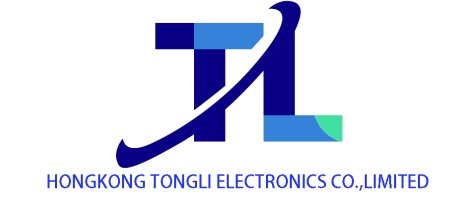HBM Market Landscape: SK Hynix Takes the Lead and Samsung’s Pursuit
Amid the rapid development of artificial intelligence technology, High – Bandwidth Memory (HBM) has undoubtedly become a core competitive area in the semiconductor industry. Recent market data clearly shows that SK Hynix holds a leading position in the current market by virtue of its first – mover technological advantage, while Samsung Electronics is actively adjusting its strategies to catch up. The competition in the global HBM market is becoming increasingly fierce.
SK Hynix delivered an especially impressive performance in the first half of the year. Its sales to NVIDIA reached 10.9 trillion won, accounting for 27.3% of its total sales, which was more than twice the growth compared with the second half of last year. This significant growth is mainly due to the full shipment of the 12 – layer HBM3E. This product has been selected as the core component for NVIDIA’s next – generation AI chip, Blackwell GB300, with each chip equipped with 8 pieces of 12 – layer HBM3E. Among the three major DRAM manufacturers, SK Hynix ranks first in the supply quantity of this product. Driven by this, the proportion of SK Hynix’s sales in the U.S. market in the first half of the year rose sharply from 55.4% to 69.8%. In the first quarter of this year, it topped the global DRAM market with a 36% market share, among which HBM contributed 54% of the DRAM operating profit.
SK Hynix’s leading position stems from long – term investment and accumulation. Its CEO, Kwak Noh – Jung, revealed that relying on the bold investment of the SK Group and the “Super Excellence” (SUPEX) concept, the company has emerged from the predicament of being on the verge of bankruptcy and developed into the world’s first HBM developer. At present, SK Hynix has ranked first in the global AI memory field for three consecutive years. It has also achieved the mass production of 321 – layer NAND and the supply of 12 – layer HBM4 samples. Looking forward to the future, although its share in the HBM4 market may decline, the increase in supply prices is expected to drive profit growth, and it is expected to maintain its market leadership next year.
Samsung Electronics shows a market trend of “catching up while making breakthroughs”. Due to problems in heat dissipation standards, signal quality and yield rate, Samsung’s delivery of 12 – layer HBM3E to NVIDIA has been forced to delay, falling behind SK Hynix and Micron, which have already started supplying goods in this field. However, in Broadcom’s supply chain, Samsung has gained an obvious advantage. It is expected to supply more than 50% of Broadcom’s HBM3E demand in the second half of this year, becoming its largest supplier. This is because Broadcom’s heat dissipation requirement is only half of that of NVIDIA, and its AI semiconductors focus on providing customized products for customers such as Google and Meta, which is different from the demand for NVIDIA’s general – purpose high – performance products.
Market forecast data shows that Samsung’s share in the ASIC HBM3E market reaches 60%. Next year, its HBM sales are expected to grow by 105%, far exceeding SK Hynix’s 14% and Micron’s 33%. In the HBM4 market, Samsung is expected to occupy 30% of the share, second only to SK Hynix’s 50%.
Currently, the rapid popularization of artificial intelligence technology is continuously driving the growth of HBM demand. Analysts believe that as SK Hynix further expands its production capacity and Samsung accelerates technological improvement, the competition in the global HBM market will become increasingly fierce, and this intense competition is bound to have a profound impact on the pattern of the global semiconductor industry.
